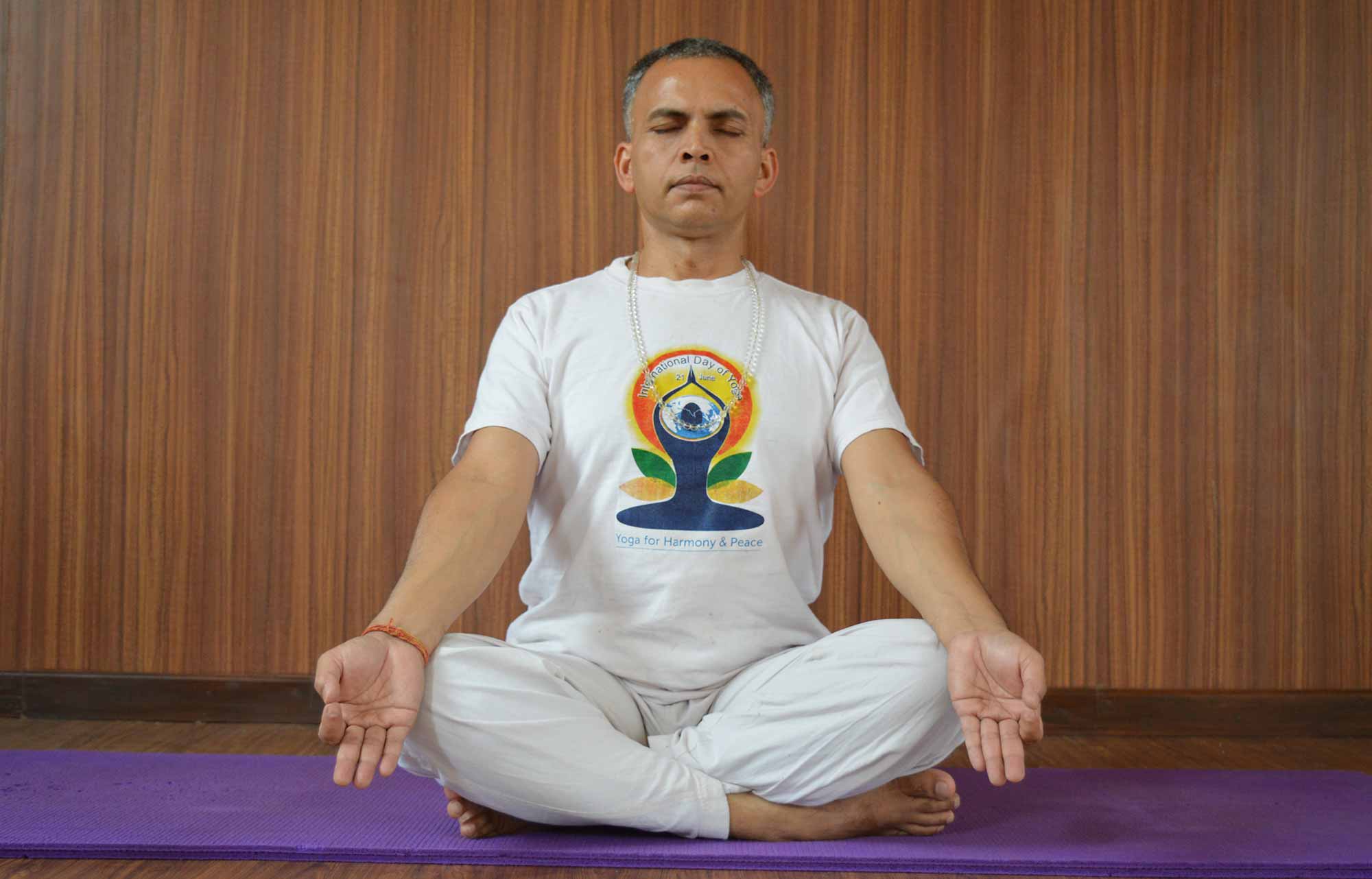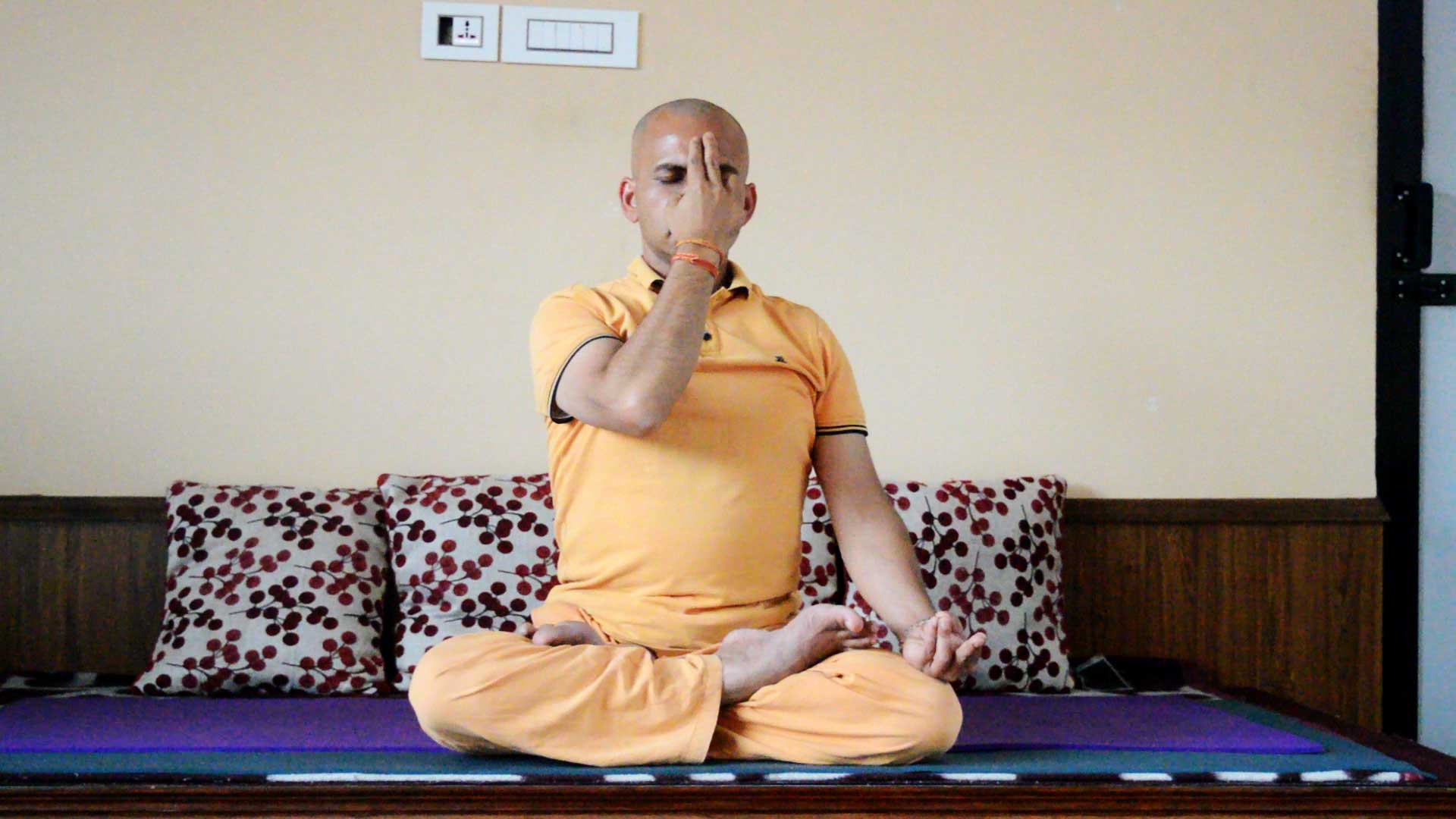
29 Nov 2020 HYN Himalayan Yoga Academy
In Sanskrit “Ashta + anga” is ashtanga. “Ashta” means eight, and “Anga” is limbs, so it means Eight-Limb path. Ashtanga yoga is based on the Yoga Philosophy of Patanjali. The asanas, Pranayamas, or the dharana, which we have studied earlier, or the yam and niyam are based on the Yoga Sutras of Patanjali. Hence, we will acquaint ourselves with the fundamentals as stated by Patanjali first. The eight limbs of Ashtanga Yoga are given below :
History of Ashtanga Yoga
Yoga has its roots about 5000 years BC as described in Vedic Philosophy and Tantras. Patanjali, a great sage, composed this path into a Darshan (Philosophy) in his Book Patanjal Yoga Sutra. In which he has formulated Yoga as Eight Limbs or an Eight Fold path.
Eight limbs of Asthanga Yoga
1. Yama — social ethics
The five yamas are: ahimsa (non-violence, meaning no negative thoughts, words or actions towards yourself or others), satya (honesty, with yourself and others), asteya (no stealing — of possessions or time), brahmacharya (wise use of sexual energy), and aparigraha (non-possessiveness).
Ahimsa– non violence. This means to be non violent in word, thought, or action. Becoming established in non violence, those around cease to be hostile. (YS 2.35)
Satya– truthfulness. To be truthful in both words and actions and to follow a path that is true and honest. If you speak the truth, your words become powerful, and you become aligned with truth. By being truthful, whatever action you take will be successful. (YS 2.36)
Asteya– non stealing. To not steal the property, wealth, or work of ideas of others. When one is established in non-stealing, all jewels present themselves. (YS 2.37)
Brahmacharya– abstinence. We should live a lifestyle conducive to attaining higher truth and restraining from multiplying our desires to retain energy for spiritual development. When celibacy is established, vitality is attained. (YS 2.38)
Aparigraha– non-possessiveness. To not be greedy and to not grasp or seek to possess things or ideas. One who overcomes possessiveness and a grasping mind will gain knowledge of the past, present, and future. (YS 2.39)
2. Niyama — personal ethics
The five niyamas are: saucha (cleanliness of mind, body, spirit), santosha (contentment), tapas (discipline), svadhyaya (self-study, reflection, looking within), and isvarapranidhana (surrendering to a better power, keeping God in our hearts.)
Sauca – purity. Maintaining internal and external purity by keeping the mind, body, and environment clear and clean. From cleanliness, an aversion to one’s own body and contact with the bodies of others arises. (YS 2.40)
Santosha – contentment. To be happy with what we have, which leads to inner joy. “From contentment, one gains supreme happiness”. (YS 2.42)
Tapas – self-discipline. Through tapas, the body and senses are purified, resulting in clarity and spiritual power. By practicing self-discipline, impurities are destroyed, then the body and the sense organs will gain spiritual strength.” (YS 2.43)
Svadhyaya – self study. To engage ourselves and further our studies. Self-study will result in the experiential realization of the chosen scriptures, discipline, and deities. While practicing self-study, we submerse ourselves in the deity that we have chosen. (YS 2.44)
Isvara pranidhana – devotion to the Divine. To surrender everything to the supreme being, dropping the sense of ego or doing and seeing that all action is done with the intention of the Divine. By surrounding God, one will attain Samadhi. (YS 2.45)
3. Pranayama— breathing exercise for expansion of important energy (prana)
Pranayama can be understood as either ‘prana-yama’, which would mean ‘breath–control’ or ‘breath restraint’, or it could be understood as ‘prana-ayama’, which would translate as ‘freedom of breath’, ‘breath expansion’ or ‘breath liberation’.

The physical act of working with different breathing techniques alters the mind in a myriad of ways – we can choose calming practices like Chandra Bhadana (moon piercing breath) or more stimulating techniques such as Kapalabhati (shining skull cleansing breath).
4. Asana
The physical aspect of yoga is the third step on the path to freedom, and if we’re being honest. The word asana here doesn’t refer to the ability to perform a handstand or an aesthetically impressive backbend. It means ‘seat’ – specifically the seat you would take for the practice of meditation. The only alignment instruction Patanjali gives for this asana is “sthira sukham asanam”, the posture should be steady and comfortable.
While traditional texts like the Hatha Yoga Pradipika list many postures such as Padmasana (lotus pose) and Virasana (hero pose) and Simhasana suitable for meditation. This text also tells us that the most important posture is, in fact, sthirasukhasana – meaning, ‘a posture the practitioner can hold comfortably and motionlessness’.
5. Pratyahara — withdrawal of senses (so you’ll look within and hear your heart)
The binding of the senses and retuning the senses from the external world to the mind. When pratyahara has arisen, then we are prepared for concentration. “When the senses withdraw themselves from the objects and imitate, because it were, the character of the mind-stuff, this is often pratyahara.
6. Dharana — single-pointed focus, concentration on one point
Dhyana — meditation for stability of mind. This is often perhaps the foremost important part of yoga. Meditating on emptiness, releasing ego, witnessing thoughts but not getting trapped in them.
7. Dhyana (meditation)
It is the seventh limb of Ashtanga Yoga. It takes the practice of concentration on an object, dharana, to the deeper level of meditation.
8. Samadhi — a state of bliss
To achieve a state of bliss, we must practice all eight limbs. Once you perform the ritual of the first series a couple of times, it’s not hard to like this tradition of yoga because the advantages are instantaneous. You are feeling stronger, calmer, and more capable of surfing the turbulence of life.
Mantra of Ashtanga Yoga
In Ashtanga yoga the practitioner opens and ends each session by reciting a mantra. The opening mantra can be found in the Yoga Taravali, a text by the philosopher Sankaracharya which dates back to 700 BC. The mantra contains references to Indian mythology, a tribute to “the highest guru” and also to Patanjali, assumed to be the author of the Yoga Sutras, one of the original texts of yoga. A guru is a teacher or master who guides man from darkness to light. Gu means darkness and Ru means light.
Opening mantra
Om
Vande Gurunam charanaravinde
Sandarshita svatmasukavabodhe
Nishreyase jangalikayamane
Samsara halahala mohashantyai
Abahu Purushakaram
Shankhacakrsi dharinam
Sahasra sirasam svetam
Pranamami patanjalim
Om
Meaning of Mantra
Om
I bow in devotion at the lotus feet of the guru
who awaken happiness by revealing the true nature of the Self
by removing the poison of illusion and ignorance
which chains the mind to conditioned existence
born into a physical body
carrying a sword for discrimination
and a discus of fire for infinite time
and a conch for divine sound
with thousands of white radiant heads
Patanjali, to him I salute
Om
